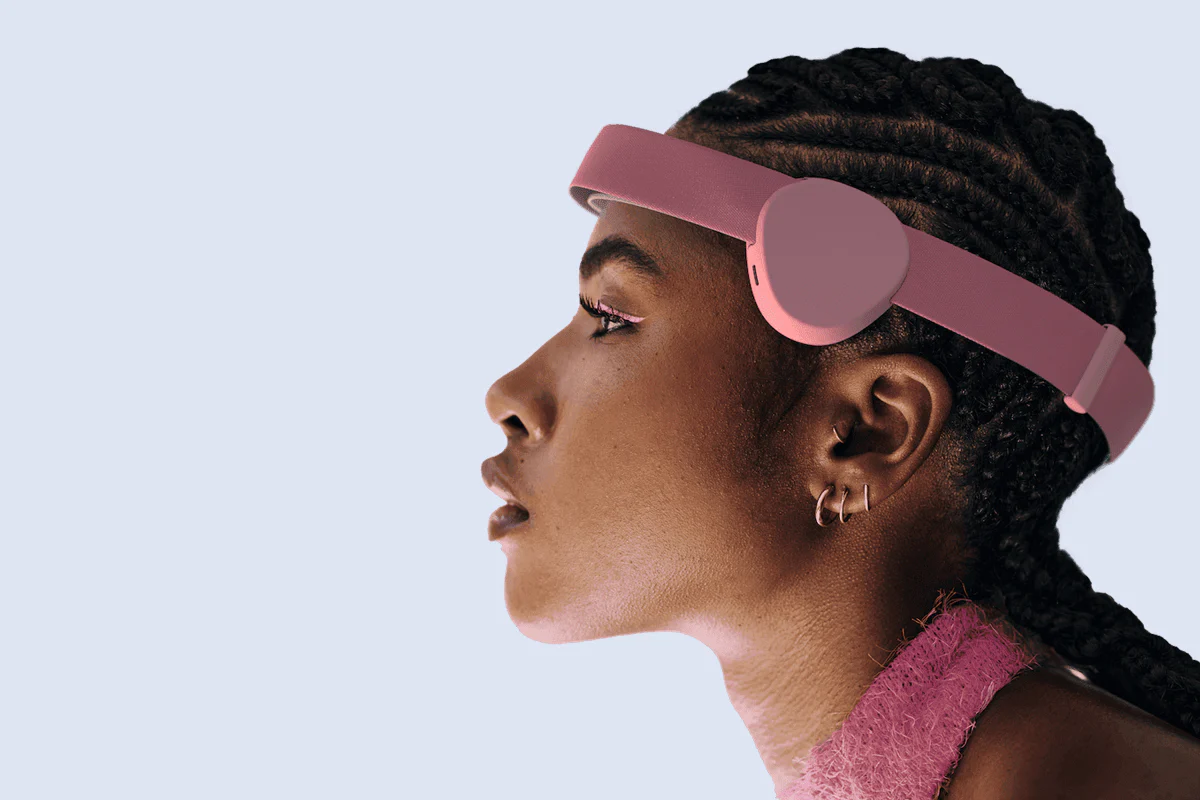Anxiety is the most common mental health condition in the world. While therapy and medication help millions, some people don’t find relief through conventional treatments — or they want to explore alternatives. Fortunately, emerging science is offering new hope through brain stimulation, digital tools, and lifestyle-based approaches.
In this guide, we’ll explore promising new treatments for anxiety backed by recent research, including non-invasive brain stimulation (like tDCS), virtual reality therapy, and nutritional discoveries — with links to practical tools you can actually try or discuss with a healthcare provider.
1. Non-Invasive Brain Stimulation: tDCS & More
Transcranial direct current stimulation (tDCS) is a non-invasive method of stimulating the brain using a low electrical current applied through electrodes on the scalp. It’s painless, relatively affordable, and being actively researched as a treatment for anxiety, depression, OCD, and more.
A 2024 study published in Nature showed that tDCS produced immediate and lasting reductions in anxiety symptoms — even in people who hadn’t responded to other treatments. Another 2025 review concluded that electrical stimulation has the potential to reduce anxiety and tension, although results vary by protocol.
For home users, devices like the Fisher Wallace Stimulator or Flow Neuroscience headset offer wearable, FDA-cleared brain stimulation for anxiety and depression. These should be used under guidance, especially if you have neurological conditions or are on medication.
- tACS (Transcranial Alternating Current Stimulation): Still experimental, but early results suggest it may help regulate brainwave activity linked to anxiety.
- CES (Cranial Electrotherapy Stimulation): Devices like Alpha-Stim are popular for managing anxiety and insomnia using a different type of current.
Bottom line: tDCS is safe, portable, and increasingly evidence-backed. Talk to a provider before starting, and follow device protocols carefully.
2. Virtual Reality Exposure Tools
Exposure therapy is a gold-standard treatment for anxiety. But now, virtual reality (VR) is transforming how we deliver it — without needing a real-world stage or a therapist in the room.
A 2025 pilot showed that a free online VR tool significantly reduced public speaking anxiety in teens. By gradually facing fears in a safe digital environment, users build real-world confidence.
- oVRcome: A self-guided VR therapy app for social anxiety, phobias, and panic attacks.
- TRIPP: Mindfulness-based VR experience used to calm the nervous system and improve emotional regulation.
- Meta Quest: Popular VR headset that supports apps like TRIPP and custom exposure therapy games.
Bottom line: VR offers immersive exposure therapy without real-life pressure. Effective for building confidence and emotional regulation.
3. Nutritional and Neurochemical Insights
Anxiety isn’t just in your thoughts — it’s in your biology. Nutrients, neurotransmitters, and brain chemicals all play a role in how anxious or calm we feel.
A 2025 UC Davis study found that people with anxiety had 8% lower choline levels in their prefrontal cortex — a region tied to decision-making and fear regulation. Choline is a precursor to acetylcholine, a neurotransmitter involved in focus and emotional balance.
- Alpha-GPC or Citicoline (CDP-Choline)
- Magnesium L-Threonate — shown to reduce stress and improve cognitive function
- L-Theanine — a calming amino acid found in green tea
Bottom line: Nutritional imbalances (like low choline or magnesium) may worsen anxiety. Targeted supplements can help fill those gaps.
4. Advanced Neuroscience: What’s Coming Next
Researchers are now mapping the brain’s anxiety circuits and identifying new drug targets. At Weill Cornell Medicine, scientists found that activating a brain receptor called mGluR2 in the thalamus reduced anxiety in mice. The next step? Translating that into medications with fewer side effects. (source)
- Psychedelics like psilocybin (in clinical trials)
- Psychoplastogens: Non-hallucinogenic compounds that promote neuroplasticity
- Neurofeedback and BCI (brain-computer interfaces): For training emotional regulation
Bottom line: New tech is targeting anxiety at the circuit level — offering hope for people who haven’t responded to current treatments.
5. Putting It All Together
- Start with basics: Movement, nutrition, sleep, journaling, and self-talk still matter.
- Add one new tool at a time: Whether it’s a wearable stimulator or a VR app, track your experience.
- Consult your provider: Especially before combining supplements, devices, or medications.
- Stay skeptical — but curious: Look for tools backed by real science, not hype.
Final Thoughts
Innovation is making anxiety treatment more personalized, portable, and proactive. Whether you explore brain stimulation, virtual exposure therapy, or nutritional support, the goal remains the same: to live with more peace, freedom, and confidence.
You don’t need to suffer in silence. A new approach could change everything.







Leave a Comment